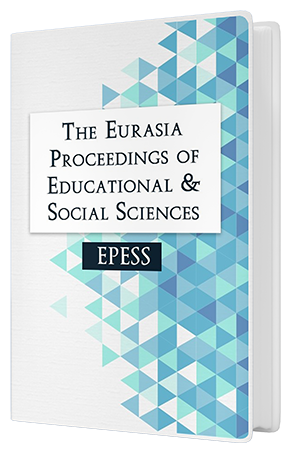Activity Planning in Social Studies and Fake News Activity Examples
DOI:
https://doi.org/10.55549/epess.1051102Keywords:
Social studies, Activity, Planning, Fake newsAbstract
To achieve the goals determined in social studies teaching, some principles should be followed in the planning and implementation of educational situations. Along with arranging the educational environment and content, the teacher should know the social studies teaching principles and perform the activities in accordance with these principles. Activities planned in this direction not only enrich the teaching environment, but also help the student to socialize, gain the habit of working in line with his interests and needs, and develop his personality. In addition, it facilitates learning by making students an active member of the learning environment by planning activities by taking into account the social studies teaching principles, offering options suitable for students' individual differences and giving instructions, helping students make their own decisions, and creating an active learning environment in the classroom. The emergence of the Internet and social media has significantly changed media coverage and perception and understanding current concerns about fake news has required considering the new social dynamics brought by new media technologies. While media technologies have great promise for learning, young people need support and training to learn to make the right decisions as they navigate the digital world. In this sense, it is thought that the suggested activities will be guiding for students.Downloads
Published
Issue
Section
License
Copyright (c) 2021 The Eurasia Proceedings of Educational and Social Sciences

This work is licensed under a Creative Commons Attribution-NonCommercial-ShareAlike 4.0 International License.
The articles may be used for research, teaching, and private study purposes. Any substantial or systematic reproduction, redistribution, reselling, loan, sub-licensing, systematic supply, or distribution in any form to anyone is expressly forbidden. Authors alone are responsible for the contents of their articles. The journal owns the copyright of the articles. The publisher shall not be liable for any loss, actions, claims, proceedings, demand, or costs or damages whatsoever or howsoever caused arising directly or indirectly in connection with or arising out of the use of the research material. All authors are requested to disclose any actual or potential conflict of interest including any financial, personal or other relationships with other people or organizations regarding the submitted work.




